Measurement of rolling resistance on a tire of a NEV – the RoaDyn S220 measuring hub from Kistler (highlighted in blue) used to measure the rolling resistance of a passenger car tire (C1) on the tire test stand. It captures wheel forces using the high-precision force measurement method as specified by the currently applicable standards: ISO 28580, SAE J1269, and ECE R117.
La industria de los neumáticos tiene que hacer frente a unos requisitos cada vez más exigentes que también se aplican a los sistemas de medición utilizados por los desarrolladores y fabricantes de neumáticos en sus pruebas. Los neumáticos de los vehículos tienen que satisfacer expectativas cada vez más altas y deben cumplir normativas internacionales más estrictas. La atención se centra en el consumo de combustible y las emisiones de ruido, así como en normas de seguridad y medioambientales más estrictas. Esto está provocando un aumento global continuo de las homologaciones de neumáticos, ya que el creciente número de variantes de equipamiento para cada modelo de vehículo se refleja también en diferentes opciones de neumáticos, lo que da lugar a especificaciones individuales para los fabricantes de equipos originales. Además, cada fabricante de automóviles da prioridad a diferentes características de los neumáticos, como la maniobrabilidad, las prestaciones deportivas o el confort en marcha.
La electromovilidad también conlleva nuevos requisitos para las especificaciones de los neumáticos, debido, entre otras razones, al mayor peso y par de los vehículos eléctricos. Las mayores cargas requieren neumáticos con mayor resistencia lateral, y la distancia de frenado se amplía. Una menor resistencia a la rodadura contribuye a mejorar la eficiencia energética y, por tanto, a aumentar la autonomía del vehículo. Unas menores emisiones de ruido significan comodidad en el habitáculo, y este criterio está adquiriendo gran importancia ahora que se ha eliminado el ruido del motor de combustión. Sin embargo, un par motor inmediato en el arranque conlleva un desgaste más rápido y/o una reducción del rendimiento en marcha.
Se demandan neumáticos "a medida". Las capacidades de ensayo flexibles y los tiempos de ensayo más cortos son las claves para mantener la ventaja competitiva.






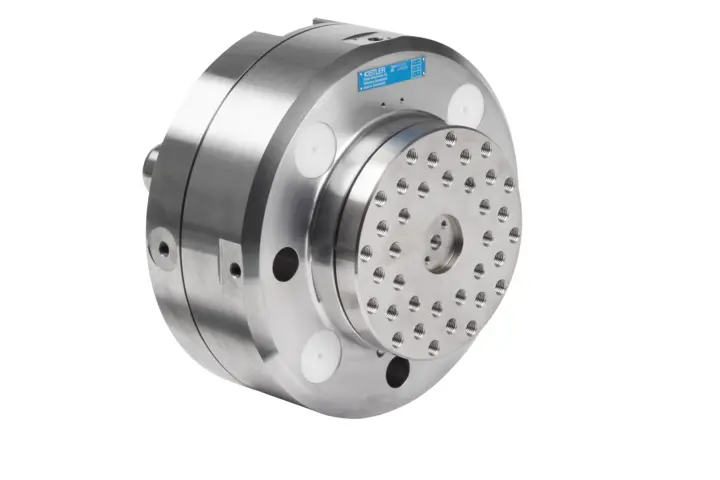
![Buje de medición RoaDyn S260, tipo 9289A113 [object Object]](https://kistler.cdn.celum.cloud/SAPCommerce_CMSGalleryStandard_720x480/roadyn-s260-measuring-hub-48476.webp)

![[object Object] [object Object]](https://kistler.cdn.celum.cloud/SAPCommerce_CMSTeaser_560x375/kistler_5167A81_16_9.webp)
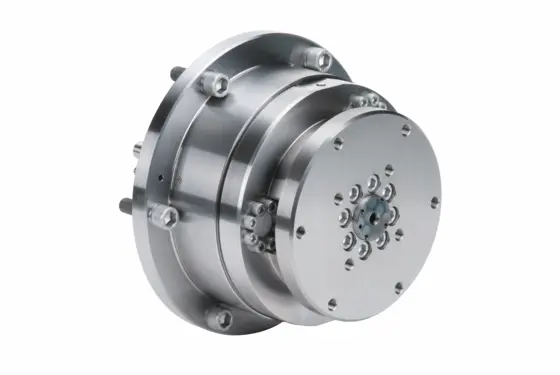
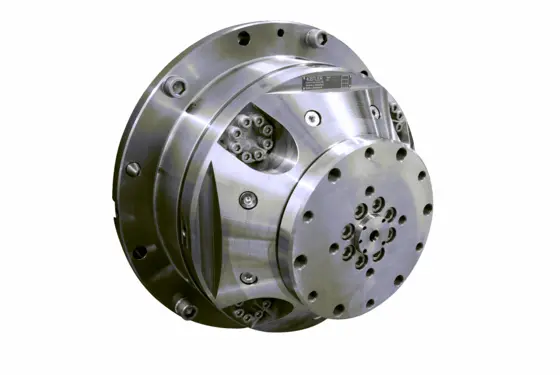
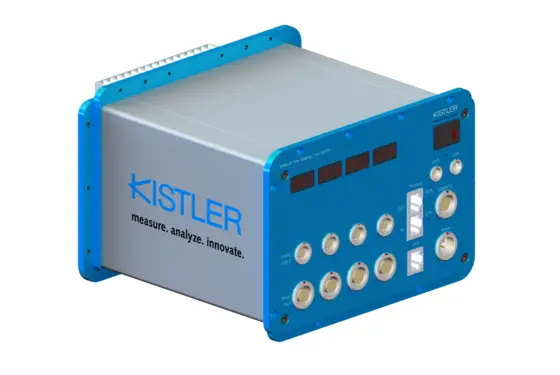
![[object Object] [object Object]](https://kistler.cdn.celum.cloud/SAPCommerce_CMSTeaser_560x375/933-579_web.webp)


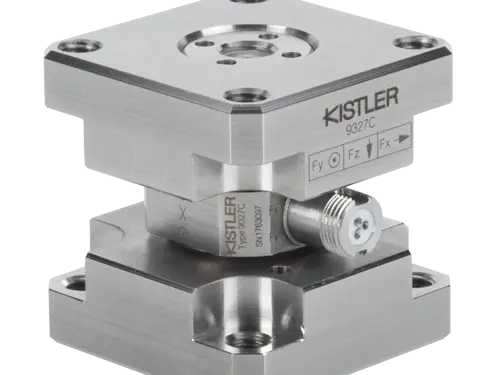

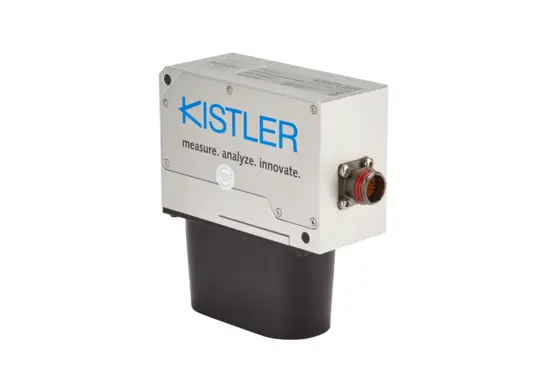
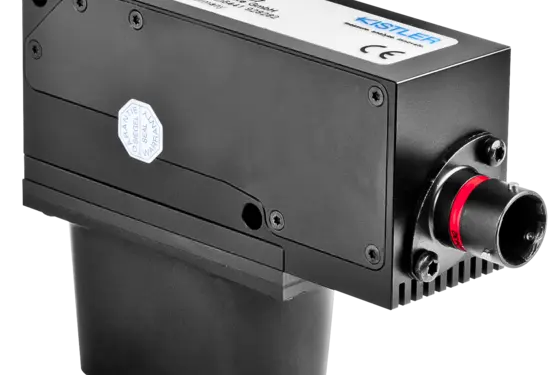
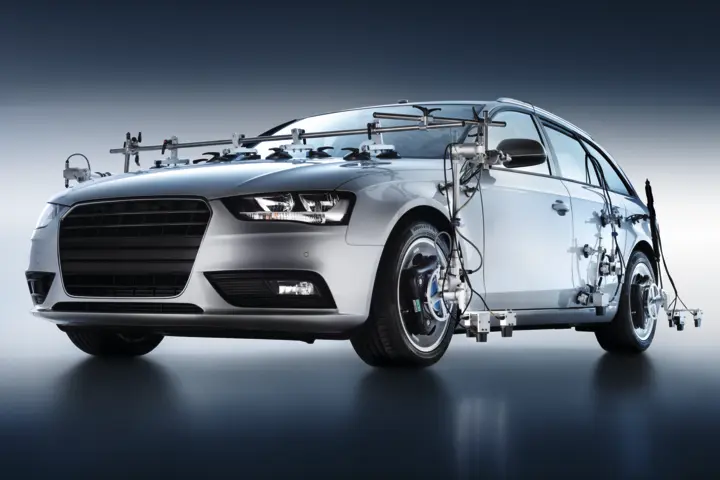
![[object Object] [object Object]](https://kistler.cdn.celum.cloud/SAPCommerce_CMSTeaser_560x375/936-164.webp)
![[object Object] [object Object]](https://kistler.cdn.celum.cloud/SAPCommerce_CMSTeaser_560x375/934-600.webp)
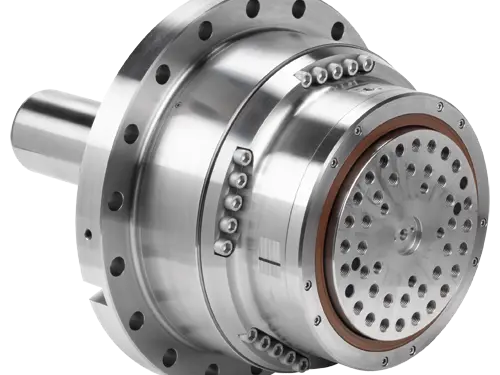

![Rolling resistance measurement on tire test stands [object Object]](https://kistler.cdn.celum.cloud/SAPCommerce_Document_Preview/200-614e.webp)
![Vehicle dynamics, durability and tire testing: product brochure [object Object]](https://kistler.cdn.celum.cloud/SAPCommerce_Document_Preview/960-252e.webp)
![How measurement technology is advancing vehicle development around the world [object Object]](https://kistler.cdn.celum.cloud/SAPCommerce_Document_Preview/999-251e.webp)